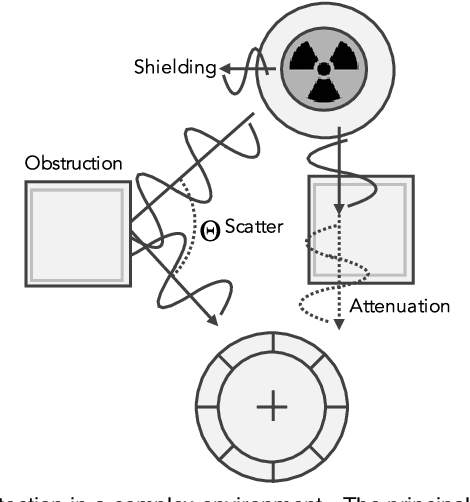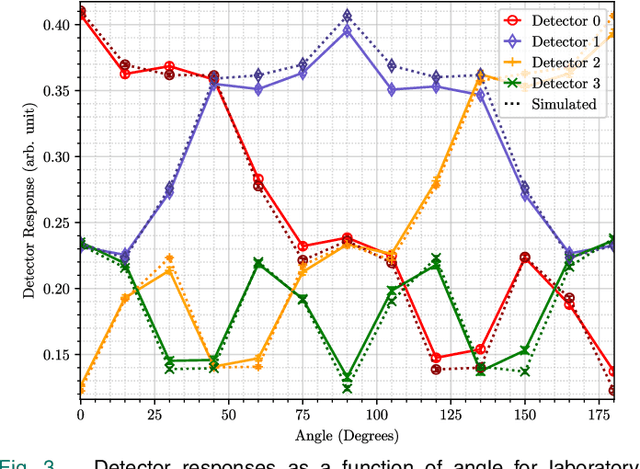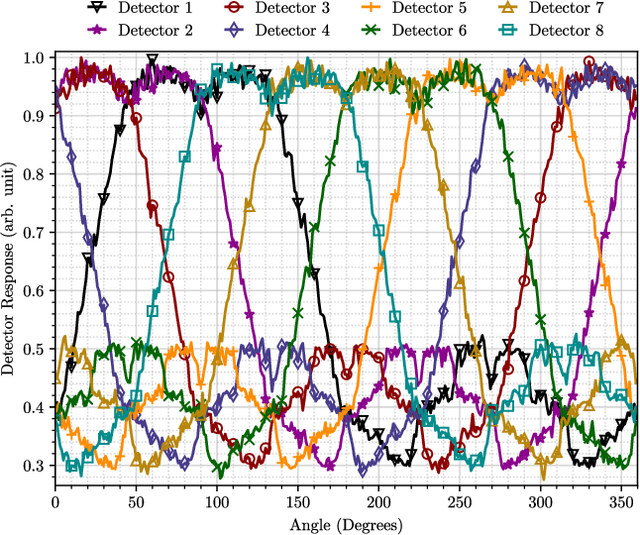Improving Radioactive Material Localization by Leveraging Cyber-Security Model Optimizations
Paper and Code
Feb 21, 2022



One of the principal uses of physical-space sensors in public safety applications is the detection of unsafe conditions (e.g., release of poisonous gases, weapons in airports, tainted food). However, current detection methods in these applications are often costly, slow to use, and can be inaccurate in complex, changing, or new environments. In this paper, we explore how machine learning methods used successfully in cyber domains, such as malware detection, can be leveraged to substantially enhance physical space detection. We focus on one important exemplar application--the detection and localization of radioactive materials. We show that the ML-based approaches can significantly exceed traditional table-based approaches in predicting angular direction. Moreover, the developed models can be expanded to include approximations of the distance to radioactive material (a critical dimension that reference tables used in practice do not capture). With four and eight detector arrays, we collect counts of gamma-rays as features for a suite of machine learning models to localize radioactive material. We explore seven unique scenarios via simulation frameworks frequently used for radiation detection and with physical experiments using radioactive material in laboratory environments. We observe that our approach can outperform the standard table-based method, reducing the angular error by 37% and reliably predicting distance within 2.4%. In this way, we show that advances in cyber-detection provide substantial opportunities for enhancing detection in public safety applications and beyond.
 Add to Chrome
Add to Chrome Add to Firefox
Add to Firefox Add to Edge
Add to Edge